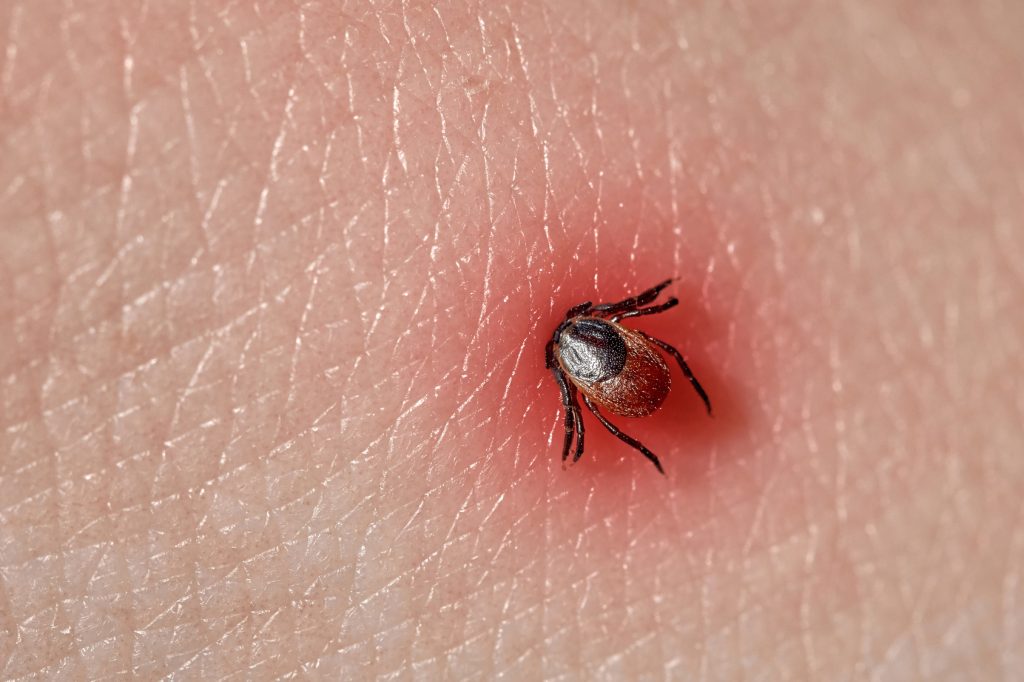Boreliosis? There is a way!

3 years ago at a PTOzon workshop on Lyme disease, Jacek Gąsiorowski, MD, an infectious disease specialist, presented a comprehensive lecture on Lyme disease from the point of view of infectious disease physicians. He said:
– We treat bacterial infections only with antibiotics;
– On “Lyme disease hysteria” and overdiagnosis of chronic Lyme disease; and on post-lyme disease syndrome (PLDS): when a patient has symptoms that are difficult to treat – Dr. Gąsiorowski noted the tendency to over-diagnose chronic Lyme disease;
– He reassured that after a tick bite, the risk of contracting Lyme disease is 4%;
– He cited data that in 48 years of Lyme disease research, no evidence has been found that the borrelia spirochetes are resistant to doxycycline.
This begs the question: how do we properly diagnose these very troublesome symptoms that patients, especially those who have undergone treatment for Lyme disease: various types of pain, including neuropathic and joint pain, chronic fatigue, memory disorders, depressive states or other psychiatric symptoms?
Although academic medicine at present cannot effectively cure them – it is good that ozone therapy has been discovered – a method that in many cases deals well with the symptoms mentioned above. Ozone therapy significantly increases the comfort of life, reducing pain to a minimum and sometimes even bringing patients “back to the world of the living”.
